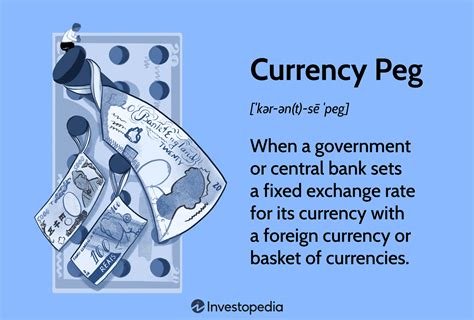Cryptocurrency Market Trends and Insights
The world of cryptocurrency has been rapidly evolving in recent years, with a growing number of investors, traders, and users embracing this new form of digital currency. At the heart of any successful cryptocurrency market is a robust trading platform that supports various types of trades, including swaps, layer 1 solutions, and currency pegs.
Layer 1 Solutions

A layer 1 solution refers to a fundamental component of a blockchain network that enables transactions to occur securely and efficiently. The first layer in the Ethereum (ETH) network, for example, is called “ether,” which serves as the native cryptocurrency unit on the platform. Layer 1 solutions are necessary because they provide the underlying infrastructure for the entire blockchain ecosystem.
Cryptocurrencies like Bitcoin (BTC), Litecoin (LTC), and Monero (XMR) rely heavily on layer 1 solutions to support their trading markets. These cryptocurrencies use various payment processors, like Coinbase or Binance, which handle transactions securely and efficiently. Layer 1 solutions also enable multiple smart contracts to run on the blockchain, fostering a decentralized application environment.
Swaps
A swap is an exchange-traded product (ETP) that allows investors to speculate on price movements between two cryptocurrencies. Swaps are designed to replicate the performance of Bitcoin futures, making them attractive for traders looking to profit from price fluctuations. The most popular swap platform in the cryptocurrency market is BitMEX.
BitMEX offers a range of swaps, including BTC/USD, EUR/USD, and XEU/JPY, catering to various investor needs. These swaps are supported by multiple exchanges, including Binance, Kraken, and Huobi. By leveraging these platforms, investors can easily buy or sell cryptocurrencies in exchange-traded markets without having to physically hold the underlying assets.
Currency Peg
A currency peg is a mechanism that maintains the value of one currency relative to another, typically for economic stability and predictability. In cryptocurrency markets, currency pegs help mitigate price volatility by stabilizing the value of certain currencies.
The most notable example of a currency peg in cryptocurrency is the tether (XBT/USD) established between Bitcoin (BTC) and the British pound (GBP). When traders buy BTC on Coinbase using GBP, they receive XBT as payment. The exchange rate between GBP and XBT is set at 1 GBP = 0.00087 BTC, providing a stable value for investors.
Market Trends
The cryptocurrency market has seen significant growth in recent years, driven by increasing adoption rates, regulatory support, and technological advancements. However, the volatility of these markets remains a challenge for many traders.
As the demand for layer 1 solutions continues to rise, we can expect to see more innovative products and services entering the market. This could include new payment processors, decentralized lending platforms, and alternative trading venues (ATVs).
In addition, the emergence of decentralized finance (DeFi) has opened up new opportunities for investors to participate in financial markets without traditional institutions. As DeFi continues to grow, we can expect to see more cryptocurrencies being used as collateral or stakes for lending.
Conclusion
The world of cryptocurrency is constantly evolving, with new players and technologies emerging regularly. Understanding the intricacies of layer 1 solutions, swaps, currency pegs, and market trends is crucial for investors seeking to capitalize on this rapidly growing market. As we look ahead to the future, it will be exciting to see how these innovative products continue to shape the cryptocurrency landscape.
Additional Resources
For more information on cryptocurrencies, swaps, and layer 1 solutions, please visit:
- Coinbase: [www.

